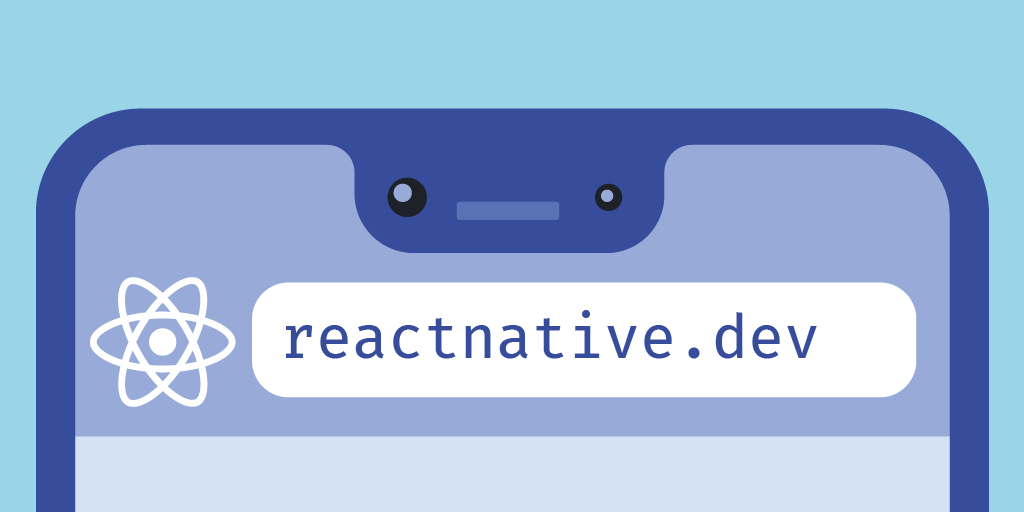Smartphone applications are now the top commodities that businesses have to give their clients. No matter how large or small your company is, a smartphone app would place you on the map on the market. What makes a perfect smartphone app is an intuitive, entertaining, and user-friendly interface. React Native development is becoming a major player in mobile app development, so let’s discuss React Native pros and cons.
What is React Native?
React Native is a framework of JavaScript for creating actual applications for both iOS and Android. It is based on React, the JavaScript library for creating user interfaces. It primarily targets mobile devices rather than desktop. Facebook developed it in 2015. Also, React Native allows the parallel development of programming for both Android and iOS.
Pros of React Native
Saves time
Design and development seem a lot more effective when you can easily see what you are making. React Native has a wonderful function named “hot reloading” for this very reason. It requires the improvements made to the code to take place automatically on versions of iOS and Android applications. It’s like a peek on the air. This reduces the processing period for improvements to turn up to nothing and saves resources for more growth.
Performance
React Native improves performance by utilizing native controls and native modules. React Native communicates directly and individually with the intended (new) components for iOS or Android and allows code to local APIs. This framework uses a different thread from the UI, which increases efficiency.
Save capital
React Native will save a great deal on both resources and time. Apart from minimizing the complexity of software creation, which is another way React reduces costs, React Native helps JavaScript developers to build applications that target several operating systems, with only a small amount of native code available. This strategy is cheaper and more budget-friendly, and for different growth priorities, you don’t need to employ specific developers or teams. One software code for two platforms – that’s fewer time and costs expended on developing the same applications for different periods of growth.
Reliable Applications
You don’t need to think about the performance and functionality of React Native built-in applications. It simplifies binding data with such flow that the child components can not influence the parent data. If the developer needs to change some items, they will need to modify its state and implement changes accordingly, ensuring that only enabled components will be updated.
Cons of React Native
A small collection of ready-made components
Ready-made components are among the most popular pros of React Native. But it’s a disappointment that there are only a few of them. Since it is already a recent production platform, it is expected that the number of ready-made components will grow significantly, but the range is very limited at the moment. This limits the development of very specific simple apps by developers.
Less secure
React Native is based on JavaScript. If you use React Native for mobile banking applications or other security apps, you need to be extra careful while writing such code. You will need to observe for malicious code fragments that might, quite quickly, damage the core features of your app. Especially if any 3rd party add-ons are used.
Memory management
This point is also based on the fact that React Native is based on JavaScript, which is not ideal for computation-intensive applications. The efficiency and speed are tremendously reduced, and in terms of memory use and maintenance, float computations are done in a much more wasteful manner.
Related read: List of Top Mobile App Development Frameworks
